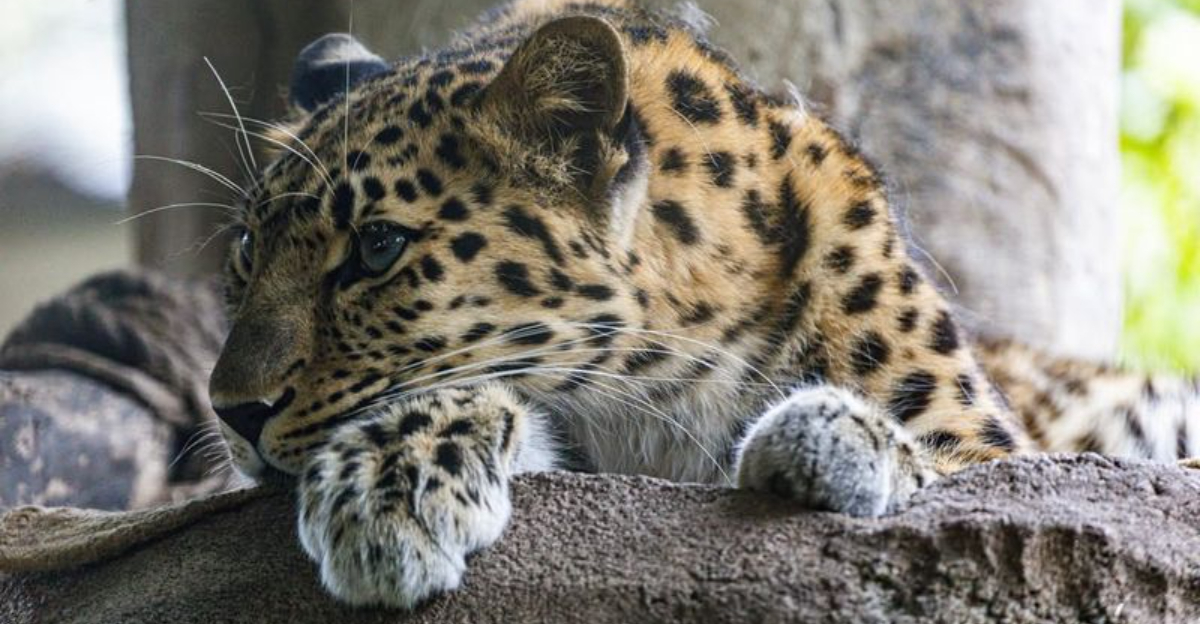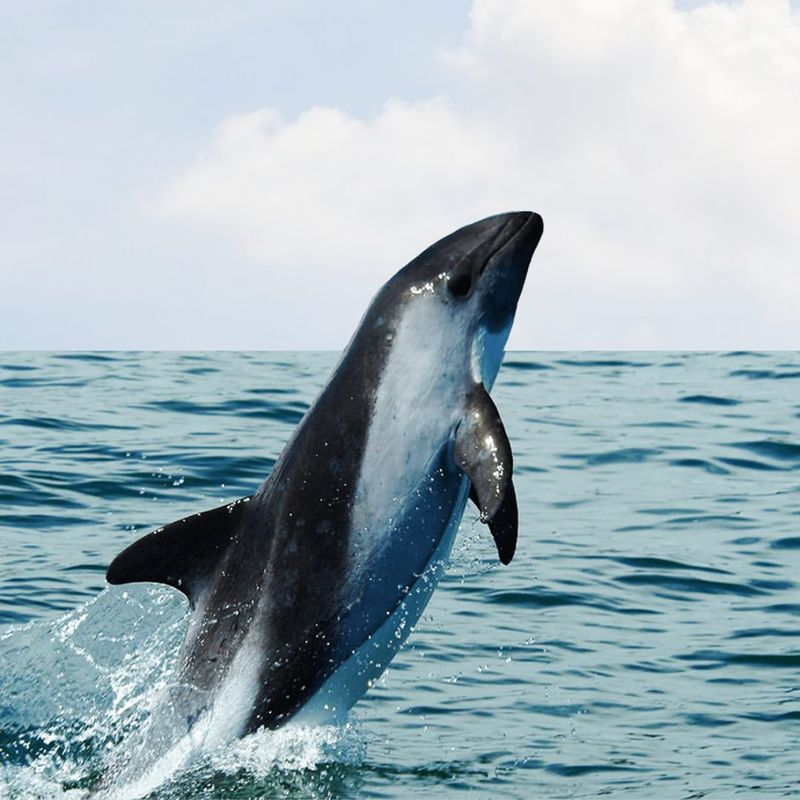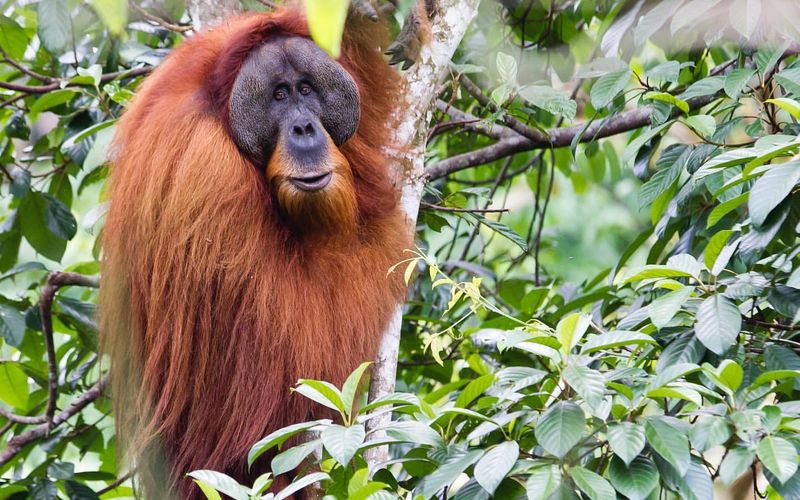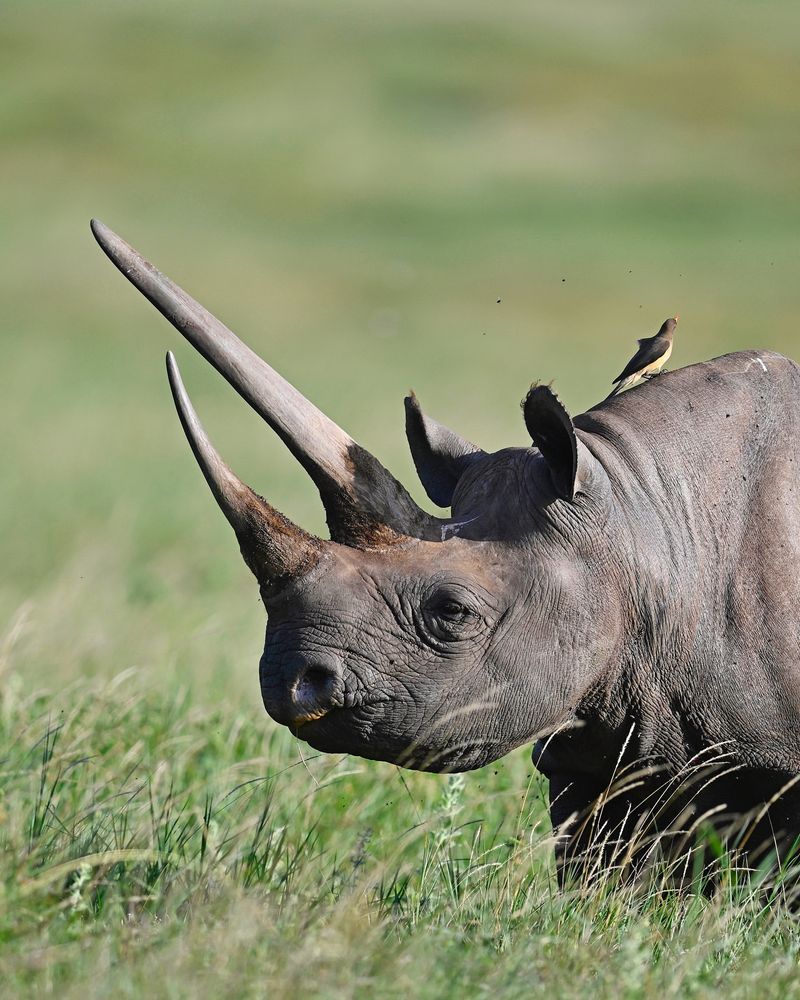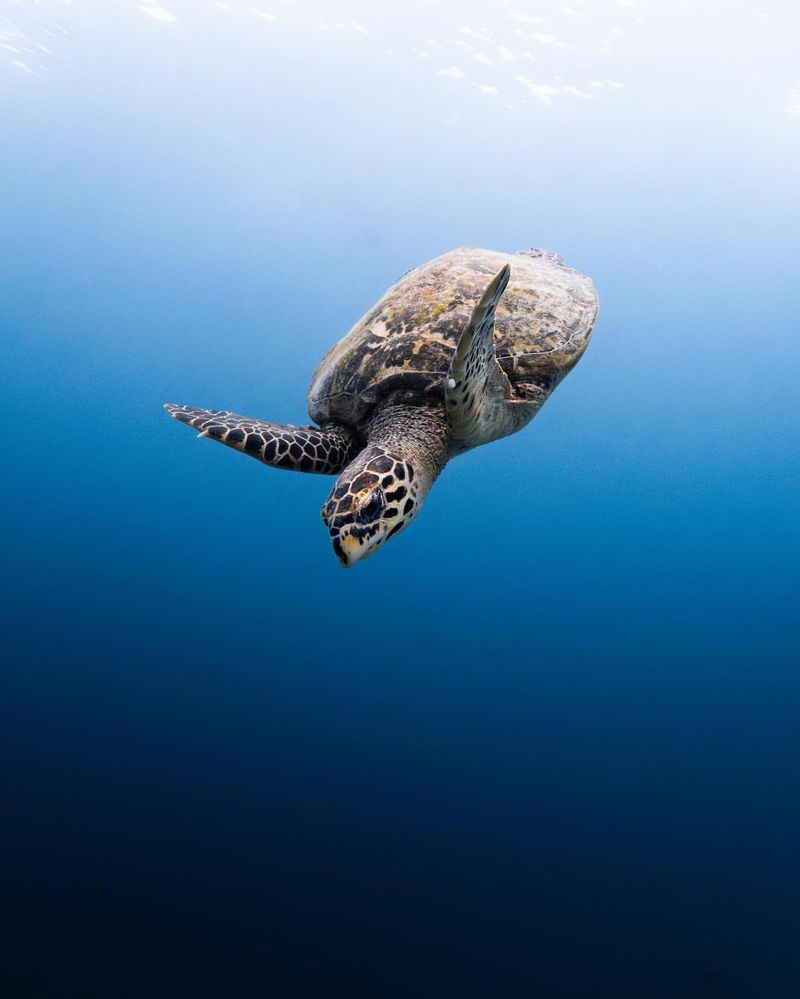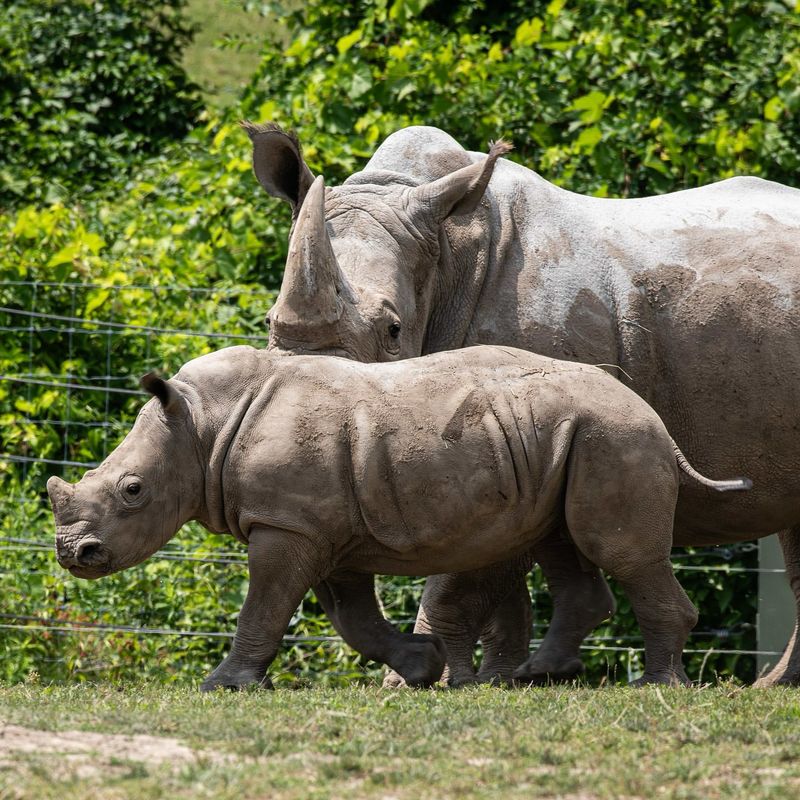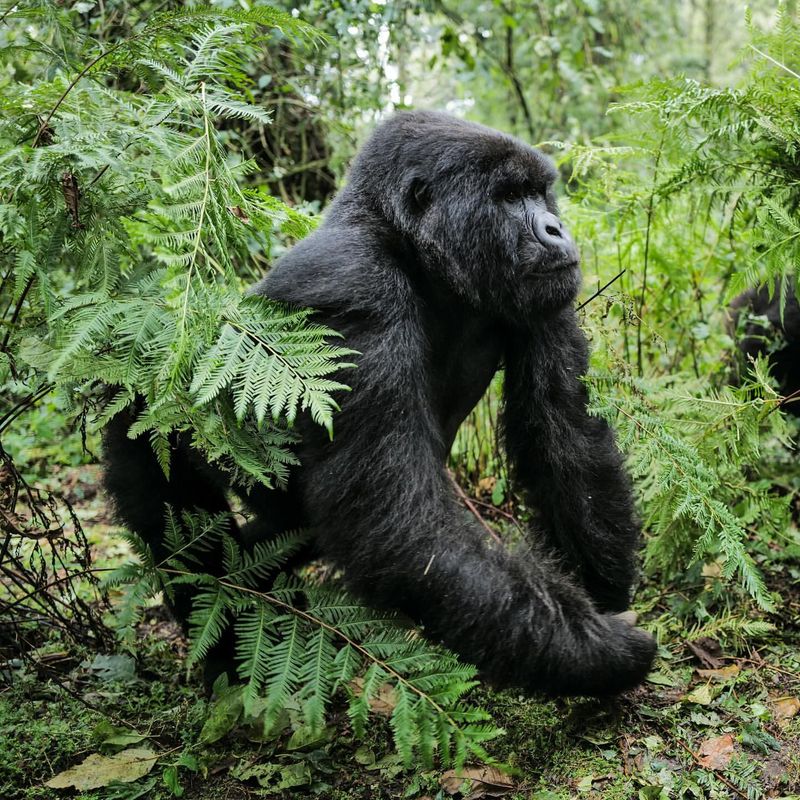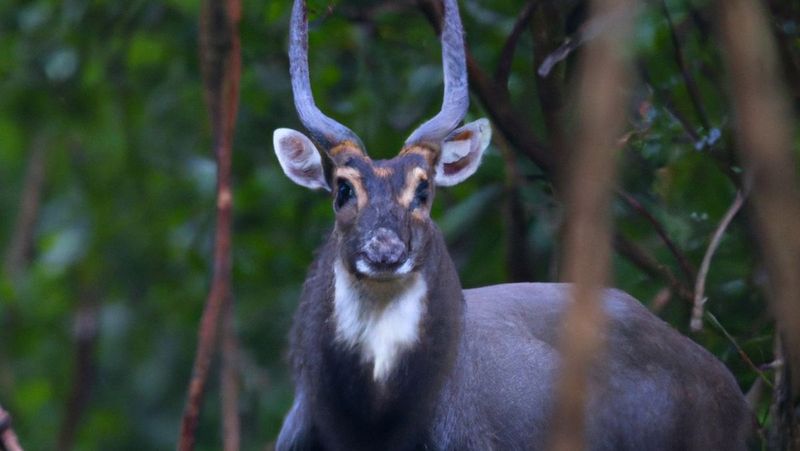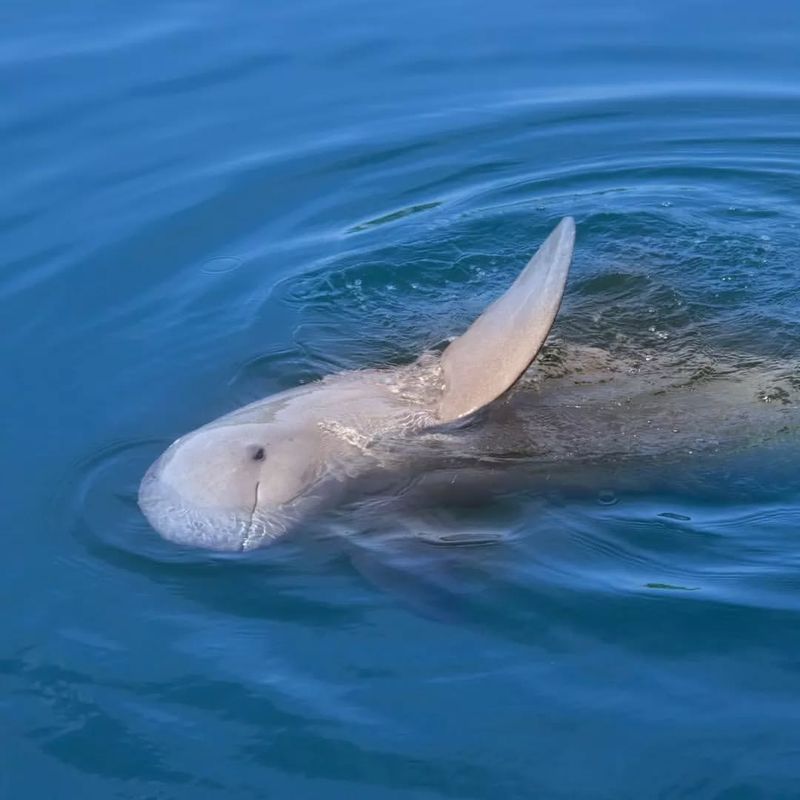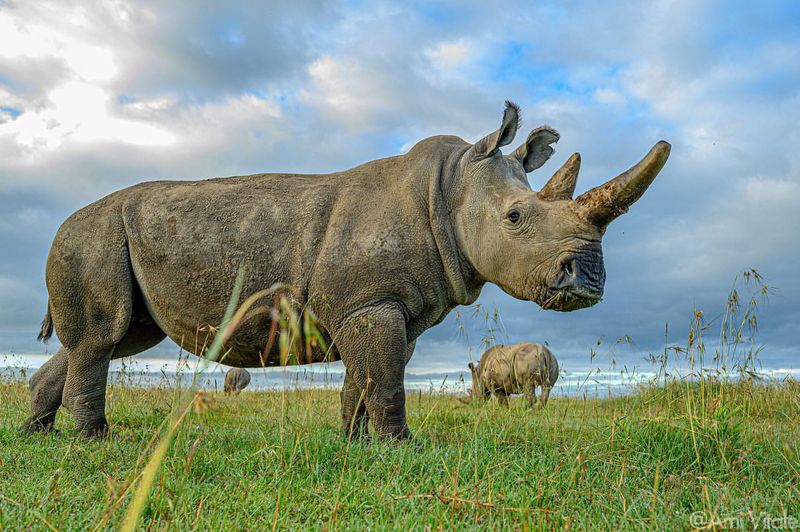📖 Table of Content:
The natural world is home to countless extraordinary creatures, but many are facing the threat of extinction. These animals, each playing a vital role in maintaining ecological balance, are battling against mounting pressures such as habitat destruction, climate change, and human exploitation. Their decline signals the urgent need for conservation efforts to protect both biodiversity and the health of our planet.
From majestic big cats to elusive amphibians, these endangered species showcase the fragility of life in the wild. Each story highlights the unique challenges these animals face, from shrinking habitats to illegal poaching. Their struggles remind us of the interconnectedness of all life and the importance of safeguarding these irreplaceable creatures.
Let’s profile 10 wild animals on the brink of extinction, exploring their plight and what can be done to secure their future! By understanding their stories and supporting conservation efforts, we can play a part in ensuring that these incredible species continue to thrive for generations to come.
1. Vaquita
The vaquita, a small marine mammal, resides in the northern part of the Gulf of California. It’s the most endangered cetacean globally, with fewer than 20 individuals remaining. Illegal fishing practices, particularly gillnets, pose the greatest threat to its survival.
Efforts to save the vaquita include banning harmful fishing nets and enforcing strict marine wildlife protection laws. International support and local community involvement are essential for conservation success.
The vaquita’s plight highlights the urgent need for sustainable fishing practices and global awareness to prevent further marine biodiversity loss.
2. Sumatran Orangutan
Inhabiting the rainforests of Sumatra, Indonesia, the Sumatran orangutan faces critical endangerment due to logging, palm oil plantations, and human encroachment. With over 80% of their habitat destroyed, their population is declining at an alarming rate.
These intelligent primates are vital for seed dispersal, contributing to forest regeneration. Conservation strategies include habitat protection and rehabilitation programs for orphaned young.
Public awareness and sustainable land use practices are crucial to secure a future for the Sumatran orangutan. Supporting eco-friendly products can make a significant impact on preserving their habitat.
3. Amur Leopard
Found in the temperate forests of the Russian Far East, the Amur leopard is among the world’s rarest big cats. With fewer than 100 individuals remaining, it is critically endangered due to habitat destruction and poaching. This elusive feline is renowned for its stunning, thick, spotted fur, which also makes it a target for illegal hunting.
Conservation efforts focus on habitat preservation and anti-poaching measures. The survival of this species depends heavily on protecting its natural environment from encroachment. Awareness and support from global conservation communities are crucial to ensuring the Amur leopard’s future.
Bold actions and continuous efforts are needed to save this majestic predator.
4. Black Rhino
Native to Africa, the black rhino is critically endangered, facing severe threats from poaching and habitat loss. Despite their imposing size and tough appearance, only a few thousand remain, highlighting the urgent need for conservation efforts.
Their horns, sought after for traditional medicine and as status symbols, have led to relentless hunting. Conservation efforts involve rigorous anti-poaching patrols and relocation programs.
Raising global awareness and supporting conservation initiatives are crucial to protecting these magnificent creatures. Engaging local communities in conservation efforts also plays a significant role in their survival.
5. Hawksbill Turtle
Critically endangered, the hawksbill turtle is renowned for its striking shell and its role in tropical coral reef ecosystems. Threatened by pollution, climate change, and illegal trade, this unique sea turtle faces immense challenges to its survival.
These turtles play a vital role in maintaining healthy coral reef ecosystems by controlling sponge populations. Conservation measures include protecting nesting sites and reducing marine pollution.
Public education on the importance of ocean health and responsible tourism can help preserve hawksbill turtle populations. Supporting organizations dedicated to marine conservation is also essential.
6. Javan Rhino
The Javan rhino, one of the rarest large mammals, is confined to Ujung Kulon National Park in Indonesia. With fewer than 80 individuals left, they are critically endangered due to habitat loss and natural disasters.
This elusive creature is vital for maintaining forest biodiversity. Conservation efforts focus on habitat protection and monitoring to prevent poaching.
Increased global support and awareness are critical for its survival. Encouraging responsible land management and supporting conservation programs can make a difference in saving the Javan rhino.
7. Mountain Gorilla
Living in the Virunga Mountains of Central Africa, mountain gorillas face significant threats from habitat loss, disease, and poaching. Thanks to rigorous conservation efforts, their population is slowly increasing, offering a glimmer of hope for this endangered species.
These great apes share 98% of their DNA with humans, making their conservation crucial for biodiversity. Ranger patrols and community engagement play a vital role in their protection.
Tourism, when conducted responsibly, provides funding for conservation projects. Supporting these initiatives helps sustain both the gorillas and local communities.
8. Saola
The saola, also known as the ‘Asian unicorn,’ is a critically endangered species found in the Annamite Range of Vietnam and Laos. Its mysterious and elusive nature, along with habitat loss and poaching, threaten its survival.
Conservation efforts include habitat preservation and anti-poaching initiatives. Increased research and monitoring are needed to understand and protect this enigmatic creature better.
Awareness and support for organizations working in the region are essential. The saola’s plight highlights the need for greater biodiversity conservation efforts.
9. Yangtze Finless Porpoise
Known for its playful nature and endearing permanent smile, the Yangtze finless porpoise is critically endangered. Habitat degradation and pollution in the Yangtze River have pushed this unique aquatic mammal to the brink of extinction.
Efforts to save this species focus on habitat restoration and pollution control. The porpoise’s presence indicates river health, emphasizing the need for conservation.
Engaging local communities and promoting sustainable practices are vital for its preservation. The porpoise’s fate is a reminder of the broader ecological challenges facing freshwater habitats.
10. Northern White Rhinoceros
Functionally extinct in the wild, the northern white rhinoceros now survives solely under human care, with only two females remaining. Rampant poaching for their horns has brought this species to the brink of disappearance.
Conservationists are working on advanced reproductive techniques to try and revive the species. The northern white rhino’s situation highlights the severe impact of illegal wildlife trade.
Increased global awareness and strict enforcement of wildlife protection laws are imperative. Supporting innovative conservation projects can help prevent other species from reaching such critical status.
